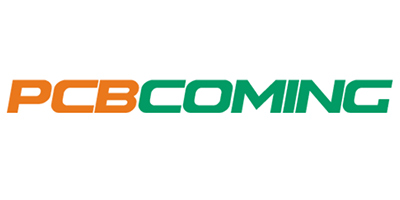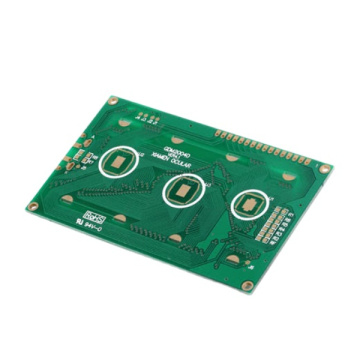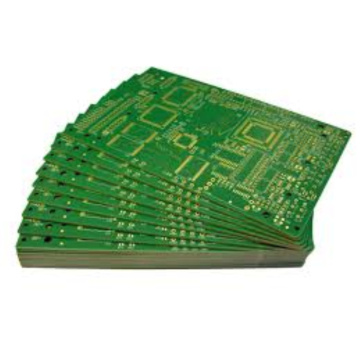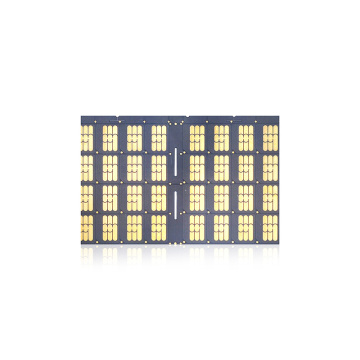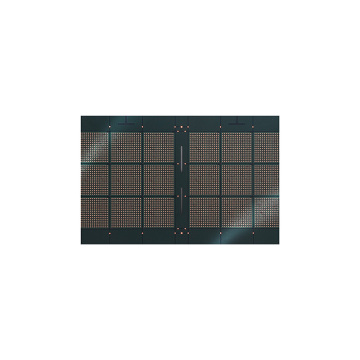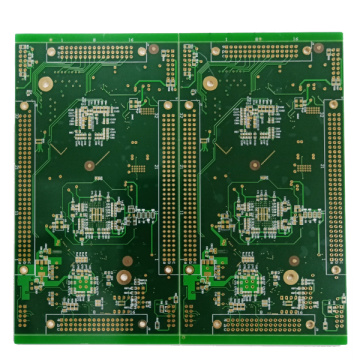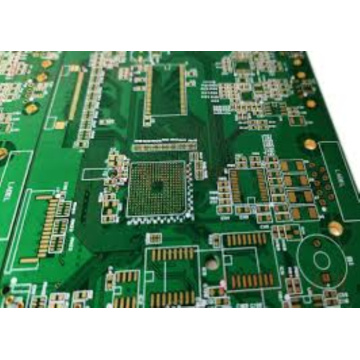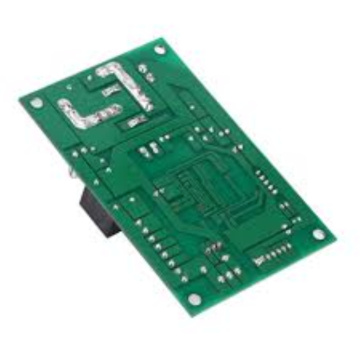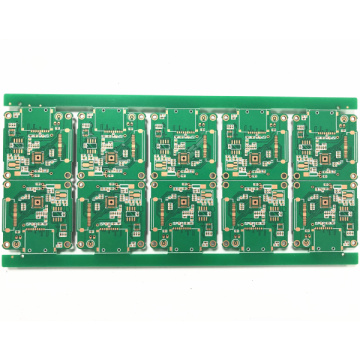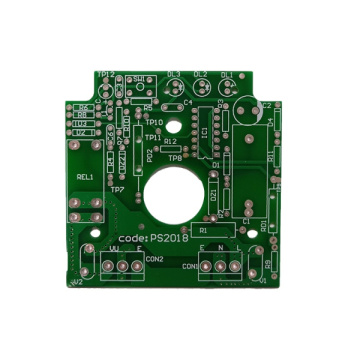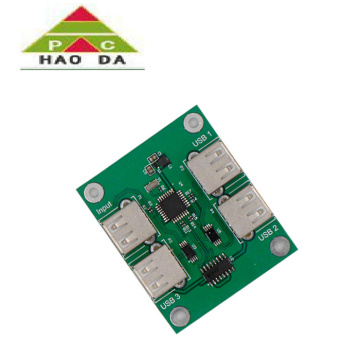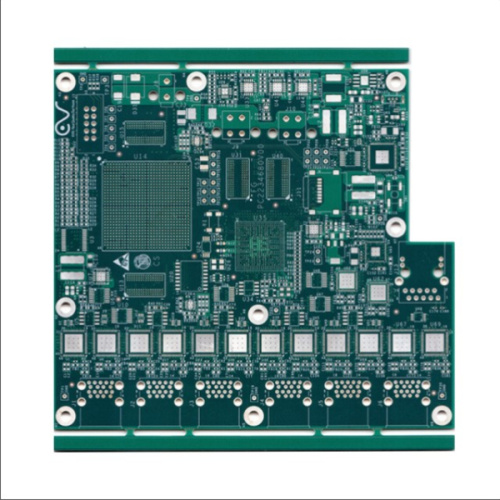
8 Layer Button Motor Controller Circuits
-
$2.80≥3 Piece/Pieces
- Min. Order:
- 3 Piece/Pieces
- Min. Order:
- 3 Piece/Pieces
Your message must be between 20 to 2000 characters
Contact Now
What is PCB and its types?
The reason why PCB can be used more and more widely is that it has many unique advantages, which are summarized as follows:
1. High-density: For decades, HDI PCB has been able to develop with the improvement of integrated circuit integration and the advancement of mounting technology.
2. High reliability: Through a series of inspections, tests and aging tests, the PCB can work reliably for a long period of time (usually 20 years).
3. Designability: For PCB performance (electrical, physical, chemical, mechanical, etc.) requirements, printed board design can be achieved through design standardization, standardization, etc., with short time and high efficiency. Manufacturability. With modern management, standardized, scaled (quantitative), automated and other production can be carried out to ensure product quality consistency.
4. Testability: A relatively complete test method, test standard, various test equipment and instruments have been established to detect and appraise the eligibility and service life of PCB products. Can be assembled. PCB products are not only convenient for standardized assembly of various components, but also for automated and large-scale mass production.
At the same time, PCB and various component assembly parts can be assembled to form larger parts and systems, up to the complete machine. Maintainability. Because PCB products and various Electronic Components assembly parts are standardized and produced on a large scale, these parts are also standardized. Therefore, once the system fails, it can be replaced quickly, conveniently and flexibly, and the system can be quickly restored to work. Of course, there can be more examples. Such as miniaturization and weight reduction of the system, and high-speed signal transmission.
What are the characteristics of PCB and the types of PCB boards?
PCB boards can be divided into single-sided boards, double-sided boards, four-layer boards, six-layer boards and other multilayer circuit boards according to the number of circuit board layers.
Single panel
On the most basic PCB, the parts are concentrated on one side, and the wires are concentrated on the other side. Because the wires only appear on one side, this kind of PCB is called a single-sided (Single-sided). Because single-sided boards have many strict restrictions on the design of the circuit (because there is only one side, the wiring cannot cross and must be around a separate path), so only early circuits use this type of board.
Double panel
This kind of circuit board has wiring on both sides, but to use wires on both sides, there must be a proper circuit connection between the two sides. The "bridge" between such circuits is called a via. A via is a small hole filled or coated with metal on the PCB, which can be connected with the wires on both sides. Because the area of the double-sided board is twice as large as that of the single-sided board, the double-sided board solves the difficulty of interlacing wiring in the single-sided board (it can be conducted to the other side through holes), and it is more suitable for use in circuits that are more complicated than the single-sided board.
Multilayer board
In order to increase the area that can be wired, multi-layer boards use more single or double-sided wiring boards. Use one double-sided as the inner layer, two single-sided as the outer layer, or two double-sided as the inner layer and two single-sided as the outer layer of the printed circuit board. The positioning system and the insulating bonding material alternately together and the conductive pattern Printed circuit boards that are interconnected according to design requirements become four-layer and six-layer printed circuit boards, also known as multilayer printed circuit boards.
Related Keywords

